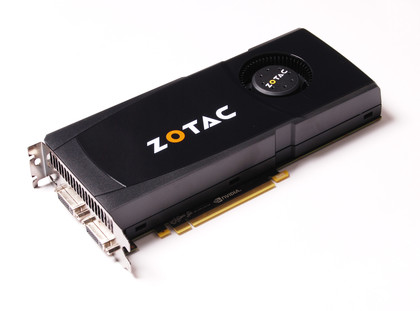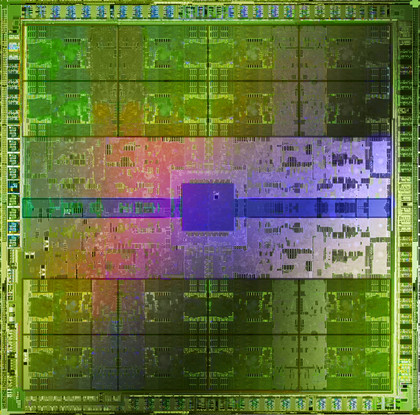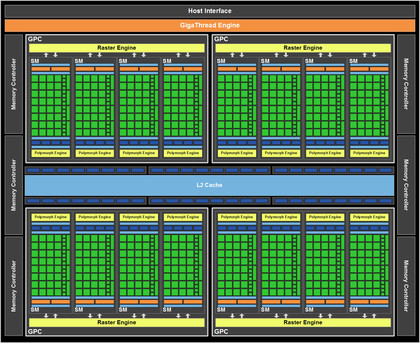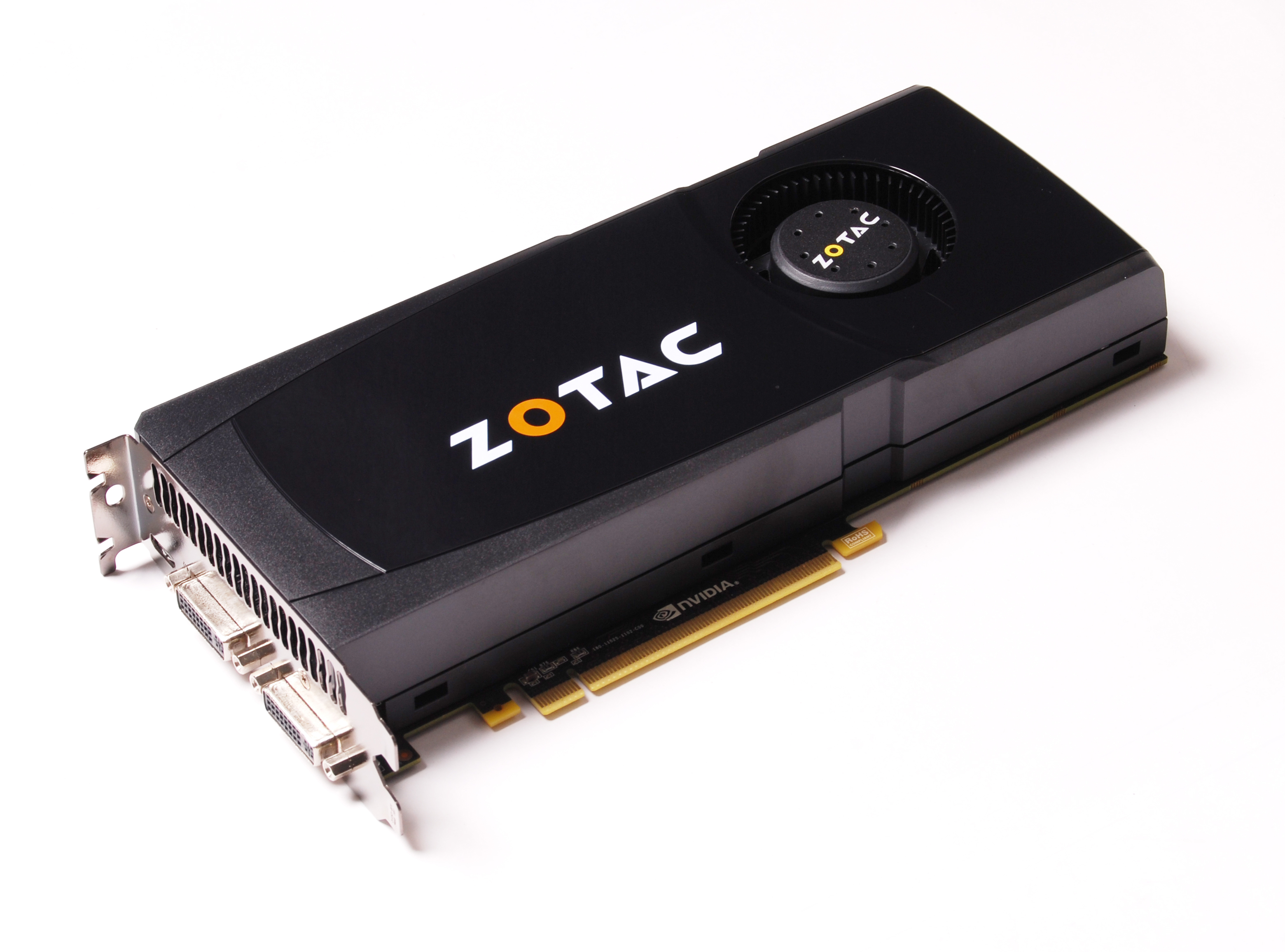Why you can trust TechRadar

Being priced directly in competition with the AMD Radeon HD 5870, the GTX 470 represents a reasoned attack on AMD's flagship single-GPU card. A quick look at the specs though and it's clear this isn't a just straight up fight.
This is the same graphics processor that's been giving the twin-GPU AMD Radeon HD 5970 a run for its money, though admittedly a rather chopped down version. So what's been chopped out of the GTX 470's GF100 then?

Well, the full Fermi GPU sports 16 streaming multiprocessors (SMs) with 512 little CUDA cores (or shader units in its more common parlance) doing the grunt work.
This was cut back for the GTX 480 to 15 SMs and 480 cores, presumably to increase usable GPU yields from the expensive but rather broken GF100 wafers.
Nvidia's big silicon knife has come out again for the GTX 470, cutting that down to 14 SMs with a functional total of 448 CUDA cores.
Clock speeds too have been slashed, with the GTX 470 coming in at a bizarre 607MHz (that extra 7MHz quite obviously making all the difference) compared to the GTX 480's nice and clean 700MHz.
You've only lost 8 ROPs and 256MB of graphics memory though and that memory bus is now 320-bit rather than 384-bit; so it looks like that blade has been wielded pretty smartly by the NVIDIAN engineers.
That leaves us then with a functional core speed of 607MHz, shader clock of 1215MHz and memory clock of 1674. Coupled with that there's that 320-bit memory bus, coping with 1,280MB or GDDR5, and a final total of 40 ROPs.
When you put that up against the HD 5870 AMD is hoping that its higher clockspeeds and extra shader units will be enough to offset the shorfall in ROPs, memory capacity and memory bus.
But these are very different architectures and we're definitely not comparing apples and apples here in terms of the GPU specs themselves.

The proof though is in the graphical pudding, and more especially the tessellated icing on top. Damn, I'm getting hungry now… But yes, the tessellation performance of Zotac's GTX 470 card is going to be key to its chances now, in the future and in its battle with AMD's Radeon HD 5870.
Nvidia sees tessellation as the great hope for PC gaming going forward and was so desperate to make sure it had the best architecture to take advantage of the Big M's new API that it was willing to wait half a year after the software hit user's machines before releasing a graphics card capable of using all that tessellated goodness.
While initially this seemed like a risky strategy it's looking like it could well pay off for the green side of the graphics divide.
AMD made sure it had DX11 cards ready and waiting (though not necessarily on the shelves thanks to its own yield issues) for the launch of DX11, but in relative architectural terms Nvidia claims it only really pays lip-service to tessellation.
With the single tessellation unit of AMD's Cypress chips compared to the 16 tessellation units wrapped up in each of Fermi's SMs it's immediately obvious where Nvidia sees the future of PC graphics.
Despite the fact that the GF100 GPU is a big, blazing hot, power-hungry beast of a chip - in short a very, very Nvidia chip – it is also rather neatly designed. In terms of layout it's very much like a traditional CPU, with independent sections all emptying into a shared Level 2 cache.
This means that it is designed from the ground up to be well versed in the sort of parallelism that Nvidia is aiming for from its CUDA-loving graphics cards.
AMD's solution in its Cypress chips, the GPU powering the HD 58xx series, outputs its data directly into the DRAM. Compared with Nvidia's solution, which keeps all the date on the chip before the final output, the AMD cards could well be overloading the valuable graphics memory far more.
But how does the GTX 470 perform when put up against the great and the good from AMD's graphics stable? We're just about to find out...
Current page: Zotac GeForce GTX 470: Specs
Prev Page Zotac GeForce GTX 470: Introduction Next Page Zotac GeForce GTX 470: PerformanceThe TechRadar hive mind. The Megazord. The Voltron. When our powers combine, we become 'TECHRADAR STAFF'. You'll usually see this author name when the entire team has collaborated on a project or an article, whether that's a run-down ranking of our favorite Marvel films, or a round-up of all the coolest things we've collectively seen at annual tech shows like CES and MWC. We are one.
